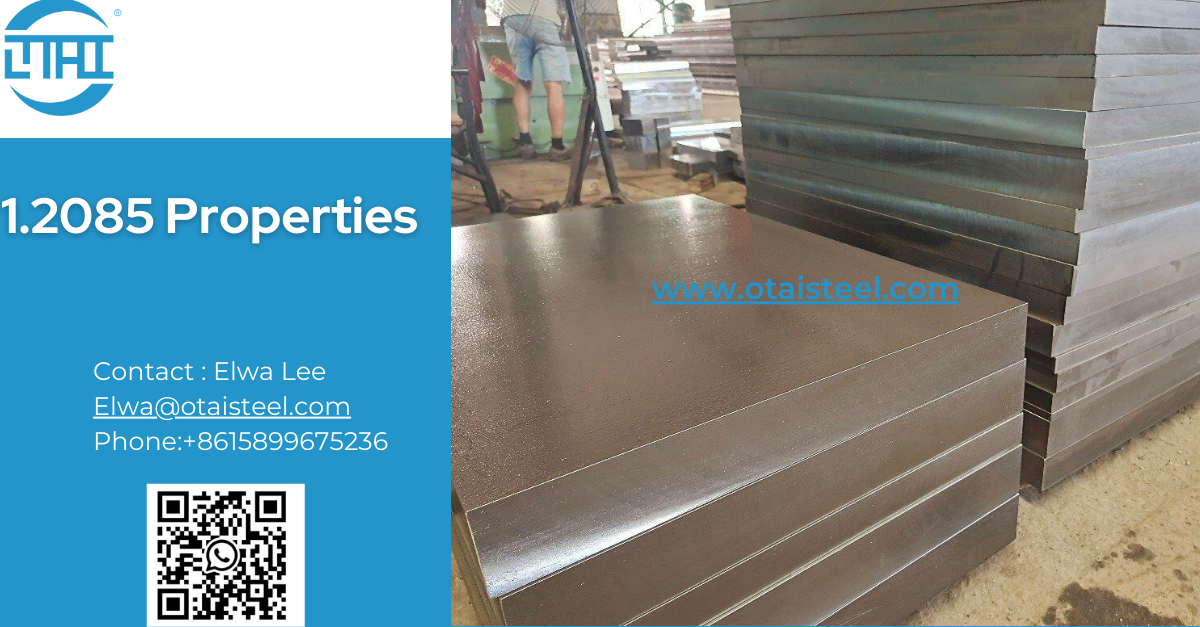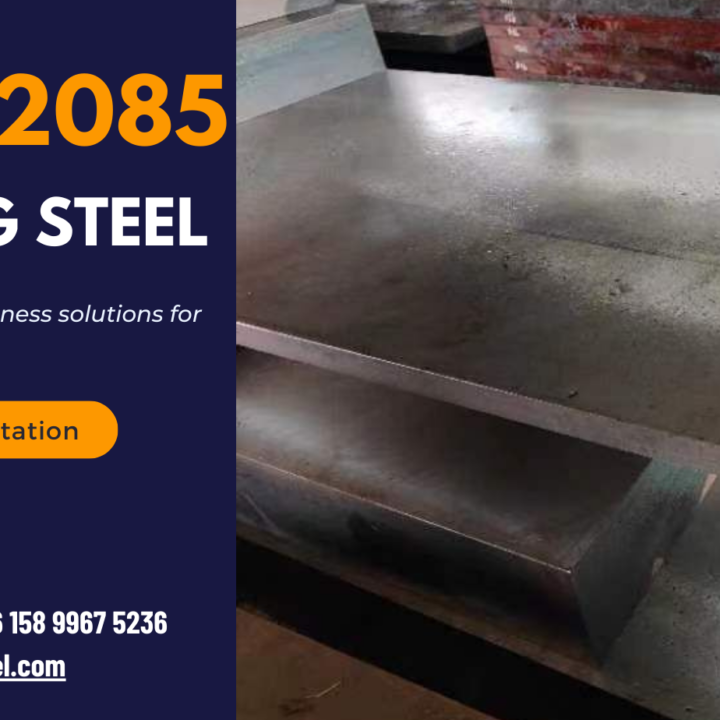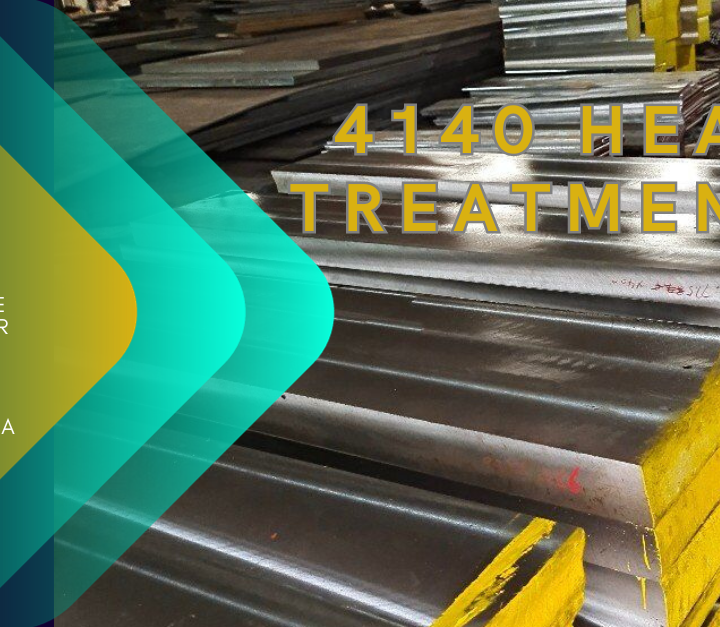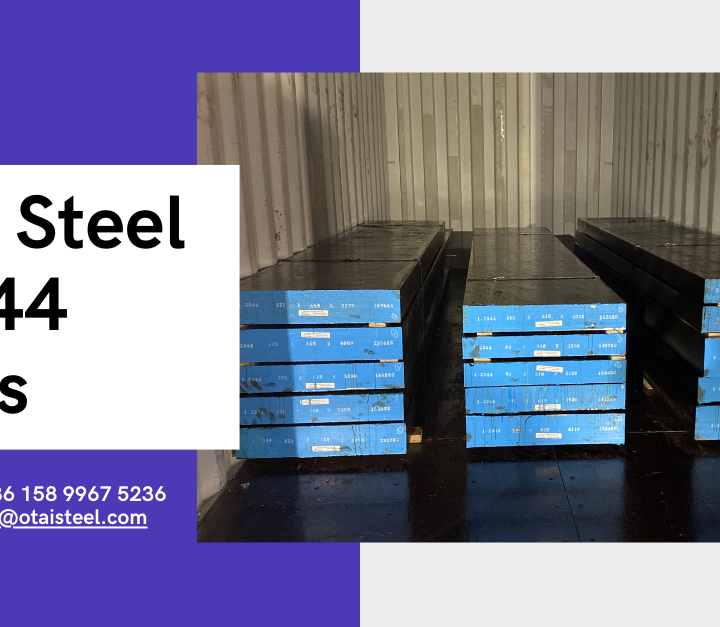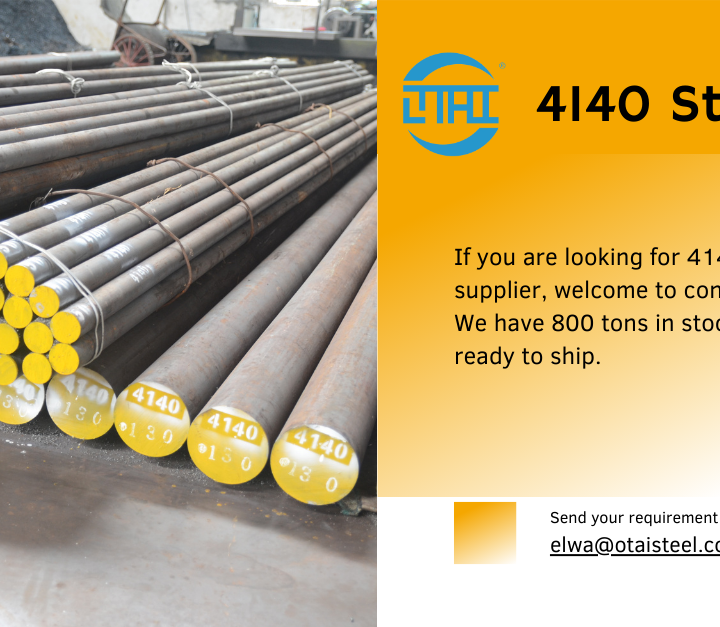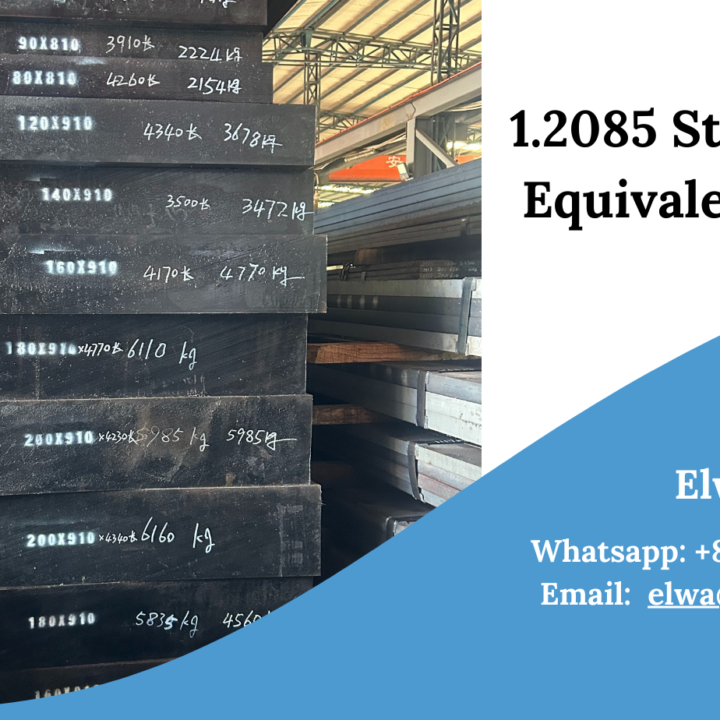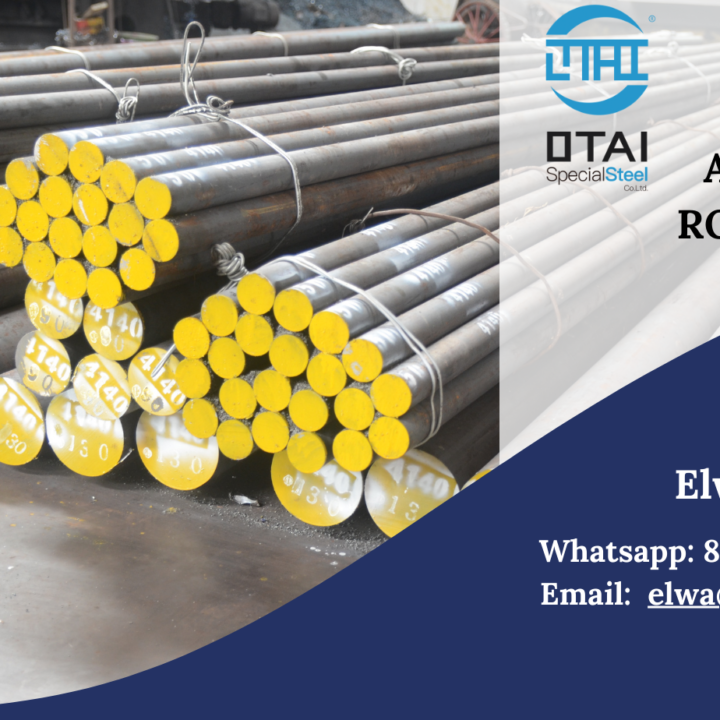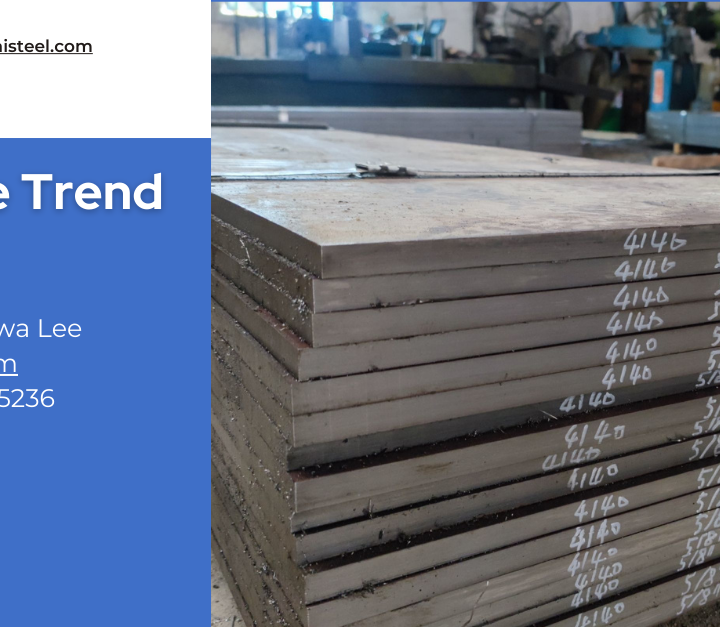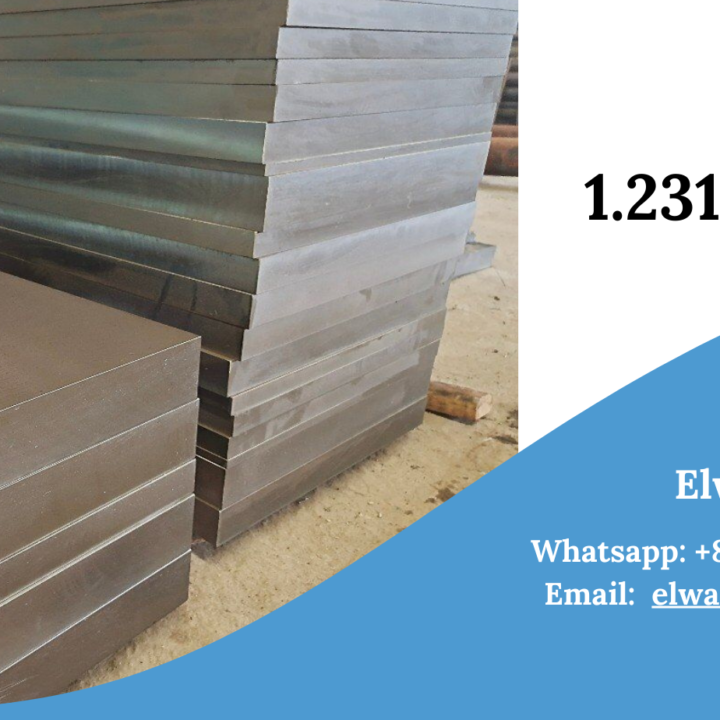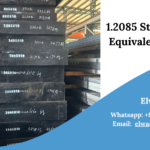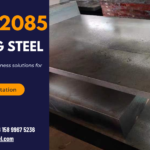In the world of steel materials, one name that stands out is 1.2085. This versatile material has gained popularity in various industries due to its remarkable mechanical and chemical properties. In this article, we will delve deep into the characteristics that make 1.2085 material a preferred choice for many applications. From its hardness and toughness to its corrosion resistance, we will unravel the secrets of this exceptional steel.
Understanding 1.2085 Material
1.2085 material, also known as 420HC stainless steel, is a high-carbon stainless steel alloy. Its composition primarily consists of carbon, chromium, manganese, and other elements. The specific composition varies depending on the manufacturer and intended application, but it typically contains:
- Carbon (C): Approximately 0.45%
- Chromium (Cr): Around 13.5%
- Manganese (Mn): About 1%
- Silicon (Si): Approximately 1%
Mechanical Properties
- Hardness: One of the key highlights of 1.2085 material is its exceptional hardness. With a typical hardness range of 48-55 HRC (Rockwell Hardness Scale), it exhibits excellent wear resistance. This property makes it a favored choice for applications that require resistance to abrasion and wear, such as industrial knives and cutting tools.
- Toughness: While being exceptionally hard, 1.2085 material also maintains a degree of toughness. This balance between hardness and toughness is vital for applications where the material is subjected to impact and stress. It ensures that the material can withstand heavy loads without fracturing.
- Corrosion Resistance: Thanks to its chromium content, 1.2085 material possesses good corrosion resistance, especially in environments where exposure to moisture and chemicals is common. This property is crucial for applications in the food and beverage industry, where hygiene and corrosion resistance are paramount.
Chemical Properties
- Chromium Content: The high chromium content in 1.2085 material not only contributes to its corrosion resistance but also enhances its ability to be heat treated. Heat treatment can further improve the material’s hardness and overall performance.
- Carbon Content: The moderate carbon content gives 1.2085 material its hardness. Carbon is a key element in steel alloys that significantly influences their mechanical properties.
Applications of 1.2085 Material
- Cutlery: 1.2085 material is often used in the production of knives, scissors, and other cutting tools due to its exceptional hardness and edge retention.
- Industrial Knives: Its combination of hardness and toughness makes it suitable for industrial knives used in various manufacturing processes.
- Medical Instruments: The corrosion resistance of 1.2085 material makes it an ideal choice for surgical instruments, where hygiene and longevity are critical.
- Mold Making: In the world of plastics and die-casting, 1.2085 material is utilized for making molds due to its wear resistance and dimensional stability.
Conclusion
1.2085 material, with its impressive mechanical and chemical properties, has rightfully earned its place in various industries. Its hardness, toughness, and corrosion resistance make it a valuable choice for applications ranging from cutlery to mold making. Whether you need a durable knife blade or a corrosion-resistant surgical instrument, 1.2085 material is up to the task.
If you have any further questions about 1.2085 material properties or if you’re considering its use in your projects, please feel free to reach out to us. We are here to provide you with the expertise and guidance you need.
FAQs
- What are the key components of 1.2085 material?The key components of 1.2085 material include carbon, chromium, manganese, and silicon.
- What is the typical hardness range of 1.2085 material?
The typical hardness range of 1.2085 material is 48-55 HRC (Rockwell Hardness Scale). - In which industries is 1.2085 material commonly used?1.2085 material finds applications in industries such as cutlery, industrial knives, medical instruments, and mold making.
- How does the chromium content in 1.2085 material contribute to its properties?The chromium content enhances the material’s corrosion resistance and its ability to be heat treated.
- Can you provide guidance on the selection and use of 1.2085 material for specific applications?Certainly! If you have any specific questions or need assistance with the selection of 1.2085 material for your project, please contact us at elwa@otaisteel.com or through WhatsApp at +86 158 9967 5236. We are here to help.
